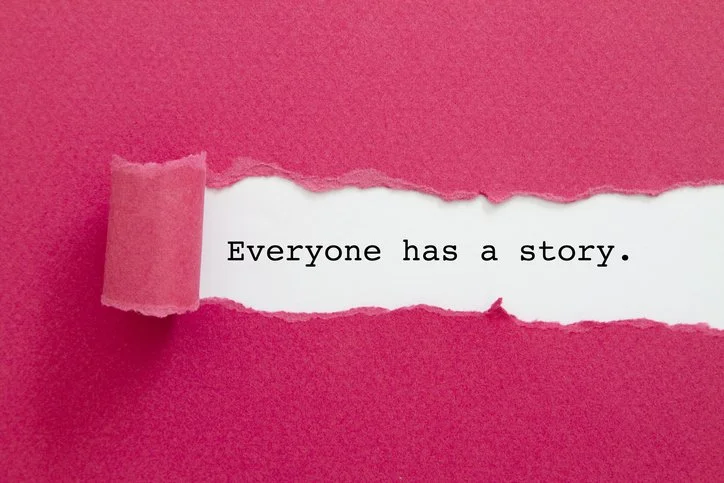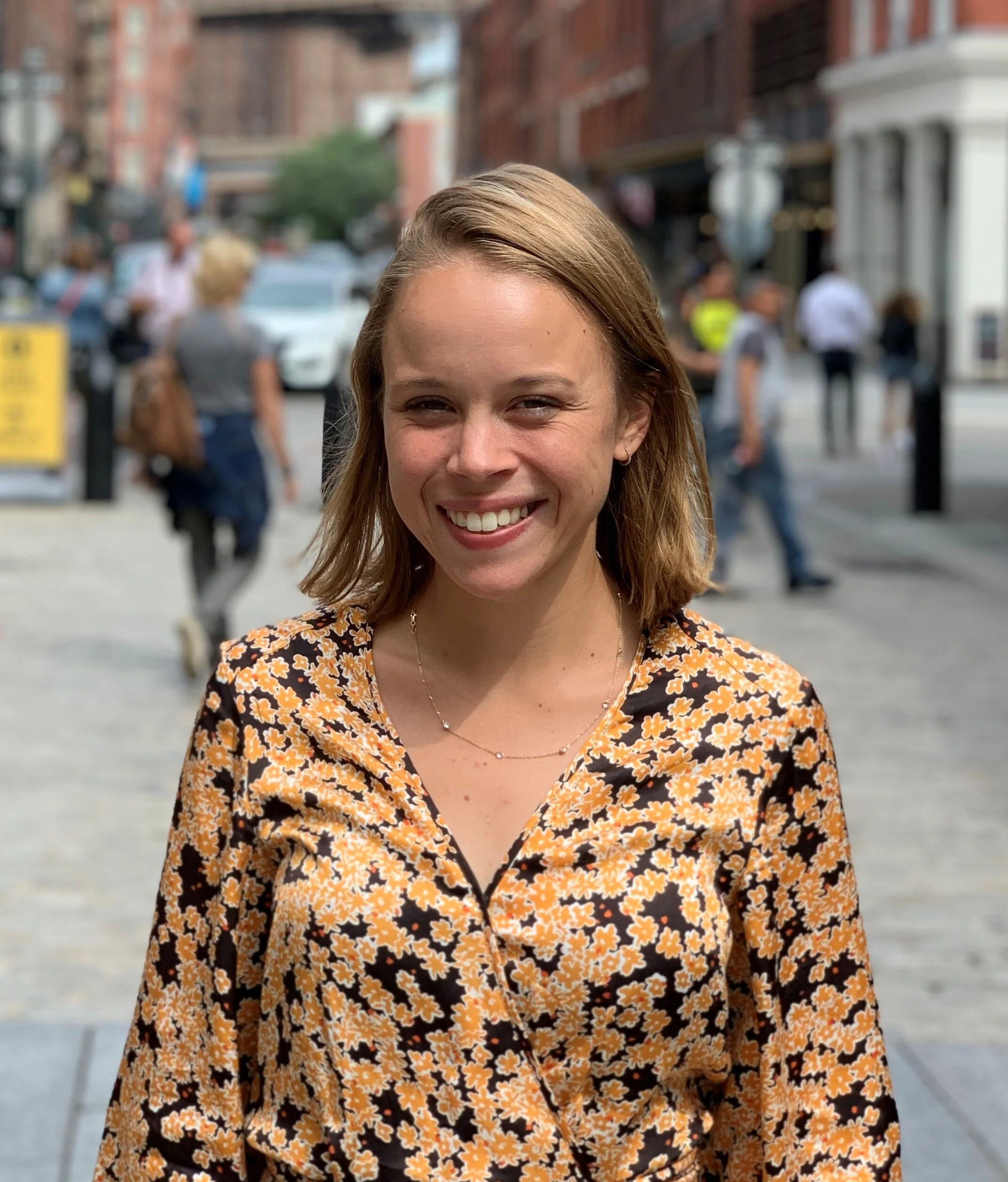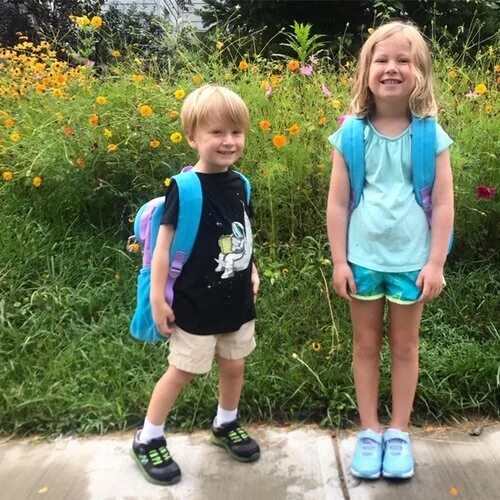For the past year and a half, I have been looking at this beautiful illustration of a plan or “PATH” for Grace. It has remained in its place of honor, in our kitchen—the heartbeat of our home, and hung proudly with some of my favorite oil paintings. It is a work of art. It is a work of love, friendship, and support. It is not the creation of one artist, but many. It is the work of people who inspire me to continue to swim upstream, not to settle – people like Tim & Bridget Vogt, and Jo Krippenstapel. Many other amazing artists contributed to it, Torie Wiggins, a beautiful human being and talented actor & director, Michelle Markert, an amazing musician and director of our church choir, Winnie Brubach and Joe Krumm, who are singers in the choir, and other artists whose work is based in the art of love, friendship, and community. People like Gail Webb, Barb Elleman, Ellen Fain, Amy Bailes, Elizabeth Pierce, Kara Broderick and Erin Broderick, Margot Brunette and the most important artist, my daughter Grace, with her brother Ben, her father Jeff, and me, Grace’s mum.
I still remember sitting at my laptop thinking through the people in Grace’s life and in our family’s life. I remember being hung up on the fact that we have so little family here, in Cincinnati, and what that meant to Grace’s life, our life. I remember how nervous I was at extending that invitation to join us in thinking about Grace’s future.
A life.
That sounded so big, long, indefinite.
I remember spinning about who to invite, who would say yes, how it would feel if no one accepted the invitation. It was like being back in my 20s again, putting myself out there, with the experience of rejection in my past, and the potential for rejection again, hanging like an anvil over my head. This time it wasn’t just about rejection of me, it was about the potential for people I know and like, rejecting Grace and my whole family. That seemed like too much to risk. Not knowing seemed easier to me.
Envision ostrich with head in sand right now.
Sometimes that is just easier. My heart doesn’t break. My dreams aren’t crushed. My friendships remain unscathed.
I spent a lot of time thinking about what the invitation should say. I spent even more time, waiting to push SEND. Once I pushed SEND, my heart sank. I had put us all out there. I had risked our rejection, heartbreak and disappointment.
Given that you see the photo of Grace’s PATH, you know what happened. Many people accepted our invitation and showed up. Those that had to say no, did so because they simply couldn’t be there, and offered to show up in other ways. It was a beautiful night and it has been a beautiful, enlightening, educational, and transformative journey.
But. . . it wasn’t the journey I expected.
At Grace’s PATH, we unpacked what was important to Grace. If you know Grace, she is pretty clear about what she wants her life to look like. It’s something like this, I want to have my own apartment, I’m not going to live with my parents forever. I am going to be an actor on Broadway in NYC and I’m going to have a penthouse apartment in Time Square. I am going to help make it possible for people who don’t have money to come to my shows. I want to perform in shows and have some of that money go to building schools for girls who have been forced into marriages and are now out, but never had a chance to go to school. This is my daughter. I am so proud of her.
I am so proud of the young woman she has become.
By the end of that night we had a plan--Grace’s PATH. Grace would put on a one-woman show, about women, at a theater. We had individuals who stepped up to help her do research. We had an acting coach. We had ideas of who to connect with around the city. The goal was specific and measurable as all good goals should be. We had objectives to achieve the goal. As a businesswoman, I felt like we had clarity and we were on a trajectory, which I expected to be a straight line.
Fast forward to January 2020. Grace performed her one-woman show, “She Persisted” to two sold-out audiences at The Know Theatre, in Over-The-Rhine. Through these performances, Grace raised just under $2,000 for the Malala Fund. Brava Grace!
It’s interesting though, while Grace accomplished these goals and so many people showed up, helped out, and supported Grace, what has really mattered is the journey, itself. We always talked about this as Grace’s PATH, but in some way it became our PATH. The journey taught us to show up more often and in more places. The journey of the PATH taught us that there are wonderful people who share Grace’s interests and really appreciate her thoughts and contributions. It reminded us that there will always be people who can’t see beyond Grace’s disability, but there are far fewer of these people. We learned that it takes time, it takes commitment. We learned that there are far more opportunities than we could have imagined.
We learned that it wasn’t all about achieving the goal. It was about doing something, contributing in some way, along with other people.
We learned more about what motivates and inspires Grace. Each one of us stretched. Jeff and I recognized that we needed and wanted to be part of this journey. We gained so much from being involved in Grace’s interests and we met new people, some of whom have become family friends who include Grace and expect that our invitation to them includes her too.
At first, I saw our PATH as very specific and probably with an end, vs. a PATH that is a spark to something potentially life long. The process wasn’t perfect. In terms of the one-woman show, it turned out that Grace and I didn’t do a good job bringing in the people who offered to help with research. This was partly because Grace and I didn’t have something fully in mind. It was also that I felt like, I shouldn’t ask for help, because I can help Grace. We worked just with Grace’s acting coach, Torie, and while we feel so lucky to have worked with her on this and will continue to work with her, it would have been better if I had asked her to involve more people. I think it would have helped her, and it would have expanded Grace’s network of people.
With all that said, the journey wasn’t a straight line and that turned out to be just what we needed.
Grace became increasingly interested in more than just putting on her show. It is fortuitous that this is the 100th anniversary of women’s suffrage and there is a lot going on celebrating this milestone, around the region. We were also fortunate that Bridget Vogt heard Grace’s interests in the suffrage movement and women’s issues in general. She (and later Katie Anderson) started bringing Grace to the main branch of the public library and letting us know about events happening. Through Chris Smith at the library, Grace met Katherine Durack, a former women’s studies professor at Miami University, and a member of both the local and national women’s suffrage celebration committees. Katherine has become a true friend to Grace and our family, and we to her and her husband. Thanks to Katie Anderson, recognizing Grace’s feminist interests, Grace got connected with Sara and the other “Nerd Girls” who are working on a transcription project with the Library of Congress. Grace’s interest in strong women who have made a difference, spurred her to ask her transition program (think practical life skills program), Pathways, to see about getting an “internship” at The Harriet Beecher Stowe House. Thanks to people like Emily and Gwen at Cincinnati Museum Center, Grace is now part of the region’s planning committee for all things “women” and “suffrage” this year.
Grace’s one-woman show was a complete success and she did an outstanding job. We were moved by all the people who showed up those nights to support Grace and us. Grace’s PATH turned into so much more than what we could have imagined. A former Montessori teacher of Grace’s wrote to us and said that Grace has inspired the next generation of girls, as her daughter immediately began researching the women who Grace represented. Grace is seen as an educator, as most people didn’t know all the women in Grace’s show. Grace’s participation in our church choir has gained her recognition and when she isn’t there, she is missed. The director of the Harriet Beecher Stowe House wrote us a note declaring that Grace is “an asset to the volunteer team.” Elizabeth Pierce, the CEO of Cincinnati Museum Center, has called Grace, “our local history ambassador.” John Faherty, Executive Director of The Mercantile Library wrote that Grace needs to stop by The Mercantile to see the books they have about women and said, “Grace is an endlessly impressive kid. And sneaky funny.” Yes. These are some of the “movers & shakers” in Cincinnati and while it seems like name-dropping, it is really more about these people being immediately valued by what they do and taking notice of and valuing Grace and her contributions. The people who have been in our lives over the years showed up again. They loved Grace’s performance. They learned from her and were impressed with what she did. They look at Grace differently now and probably value her more. Friends, family, neighbors showed up to support me and Jeff too.
As I sit here on a Friday night, with a glass of wine, while Jeff makes our weekly homemade pizza and we are discussing Grace’s PATH, I don’t know if I will take down the PATH as a recognition that we did it or if I will keep it up as a reminder that it is ongoing. What I thought was an end to itself, actually created the spark for many opportunities, discovery, and relationships. Either way, Grace is on her path, connecting with people who share her interests. Figuring out what motivates her, has Grace desiring to go out and contribute to various projects, as well as volunteering at museums. A PATH is not without pitfalls and obstacles. We have a way to go, before Grace can volunteer at Cincinnati Museum Center or The Harriet Beecher Stowe House on her own. However, people who make those decisions are flexible and desirous of having Grace be successful in these roles. We are so fortunate. We are on a path with Grace and with it we are learning so much about building community and growing our relationships, about Cincinnati, strong women, and Grace, herself.
































































